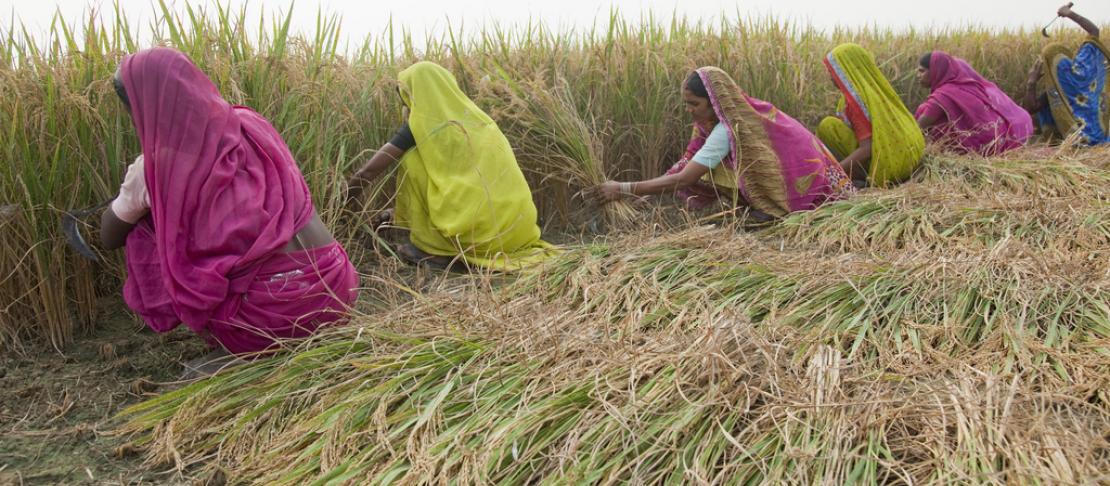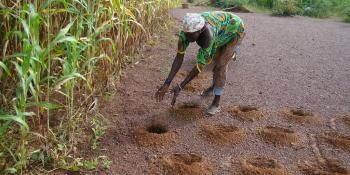India’s new National Agroforestry Policy

Summary
India became the first nation in the world to adopt a comprehensive agroforestry plan when the President of India launched the National Agroforestry Policy (NAP) at the World Agroforestry Congress in February 2014, an event organized by the World Agroforestry Centre (ICRAF) and partners. The policy recognises the potential of agroforestry to reduce poverty, enhance productivity, while also making agricultural landscapes more resilient to the risks of climate change. The comprehensive policy intends to address the increasing demand for timber, food, fuel, fodder, fertiliser and fibre, while at the same time creating employment opportunities and generating income. The policy envisages the development of a National Agroforestry Mission/Board with an initial investment of approximately USD 33 million, to coordinate agroforestry related activities in the country.
ICRAF contributed to the policy development process. In June 2011, ICRAF with key national partners, especially the National Advisory Council (NAC) launched an Agroforestry Policy Initiative (API). Another workshop in 2012 and a series of them in 2013 brought out a framework and significant recommendations, which contributed to the preparation of the draft agroforestry policy. These efforts specifically sought to mainstream climate change and its related aspects, and the policy document highlights the climate change mitigation and adaptation benefits of agroforestry. ICRAF is expected to continue to play a key role in the policy implementation, including through support to the National Agroforestry Mission/Board.
Key facts
Over 80% of India’s farmers are rain fed smallholders with two hectares or less and are vulnerable to the impacts of climate change.
Agroforestry can increase the resilience of smallholder farmers, while contributing towards poverty reduction and increasing the productivity of smallholder farms.
Currently 64% of India’s timber and almost half of its fuel wood come from trees grown on farms.
The National Agroforestry Policy will help increase area under agroforestry from 25 million hectares to 53 million hectares.
National Agroforestry Mission/Board to be set up with an initial investment of around USD 33 million.
Lessons: key elements of success
Early and ongoing engagement with Governmental and NGO partners.


